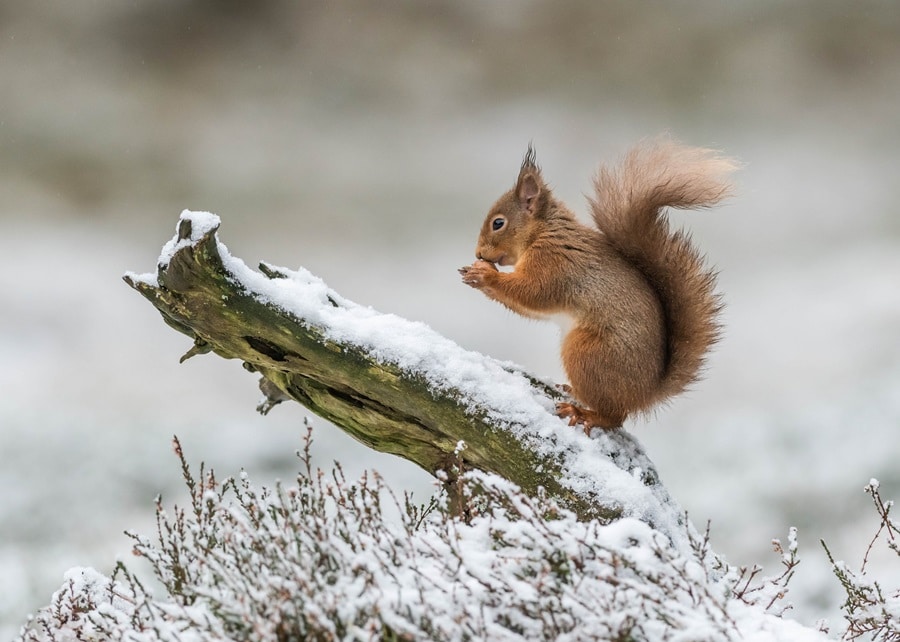Winter, with its stark landscapes and crisp, cold air, transforms the world into a magical realm of frost and snow. This season is not just about shorter days and lower temperatures; it’s a time when nature reveals some of its most fascinating wonders. From the unique crystalline beauty of snowflakes to the mysterious formation of ice circles on tranquil waters, each occurrence is a marvel of natural science. This article takes a look at various winter weather phenomena, exploring how these occurrences shape the environment and capture the imagination. Let’s embark on a journey through the captivating and diverse world of winter’s natural wonders.
Contents
The Science of Snowflakes
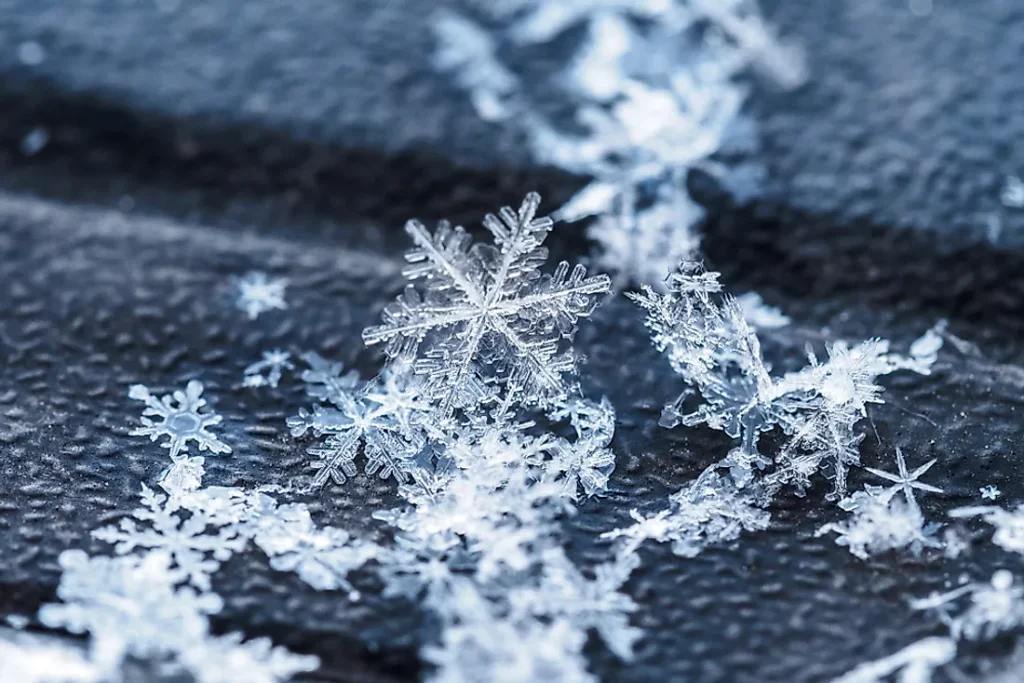
Snowflakes, the quintessential symbol of winter, begin their journey in the clouds, where cold temperatures turn water vapor into ice. These ice crystals, each taking a unique path through the cloud, grow into intricate patterns as a result of their molecular structure and the atmospheric conditions they encounter. No two snowflakes are alike, a fact that has fascinated scientists and laypeople alike. This uniqueness is due to the nearly infinite variations in temperature and humidity that each snowflake experiences as it falls to the ground.
The delicate structure of a snowflake is a masterpiece of nature’s design. The six-sided symmetry is a result of the molecular arrangement of water molecules in an ice crystal. Researchers use advanced photography and microscopic imaging to study these tiny ice crystals, revealing a world of astonishing complexity and beauty. These studies not only satisfy curiosity but also improve the understanding of meteorology and climate science. Snowflakes remind you that even the smallest elements in nature can hold vast and intricate secrets.
Frost Flowers: Nature’s Delicate Art
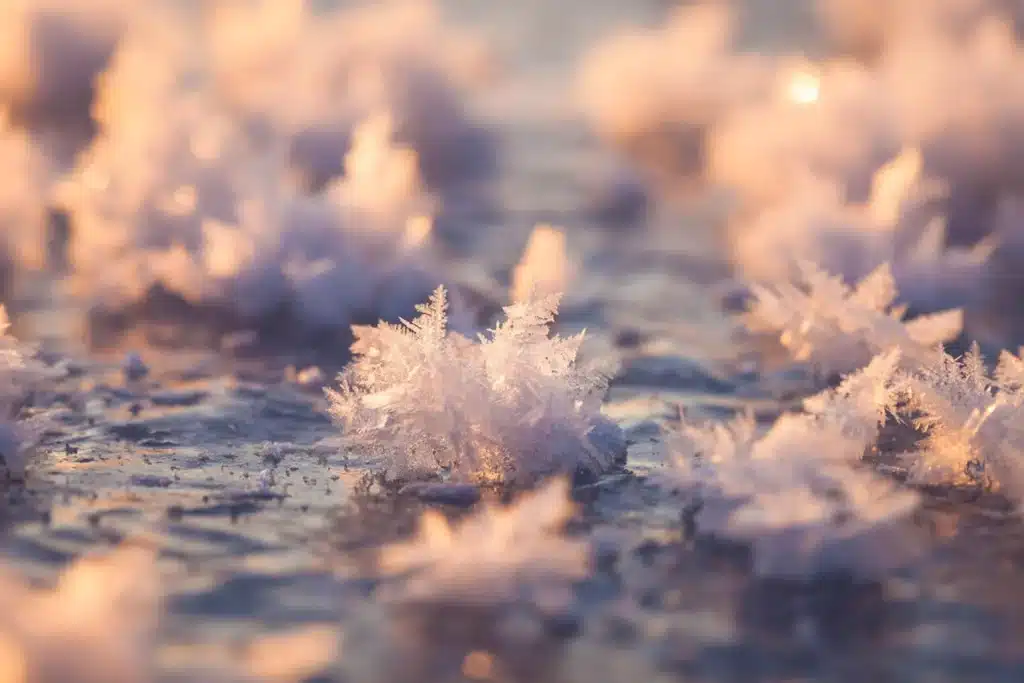
Frost flowers are a rare and breathtaking winter phenomenon, forming on the stems of certain plants when the air is much colder than the freezing point of water. As the plant’s sap freezes, it expands and cracks the stem, oozing out and freezing upon contact with the air. These intricate ice structures resemble delicate, spun-sugar sculptures, showcasing nature’s ability to create art. The formation of frost flowers is so sensitive to conditions that they often appear only at specific times and places.
The ephemeral nature of frost flowers makes them a treasured sight for nature enthusiasts and photographers. They typically form in early winter mornings and can vanish with the slightest rise in temperature or a gentle breeze. These formations are visually stunning and provide a glimpse into the delicate balance of natural processes. While frost flowers have no direct ecological impact, their fleeting existence is a reminder of the transient beauty in nature and the importance of preserving such delicate natural phenomena.
Ice Circles: Mysterious Patterns on Water
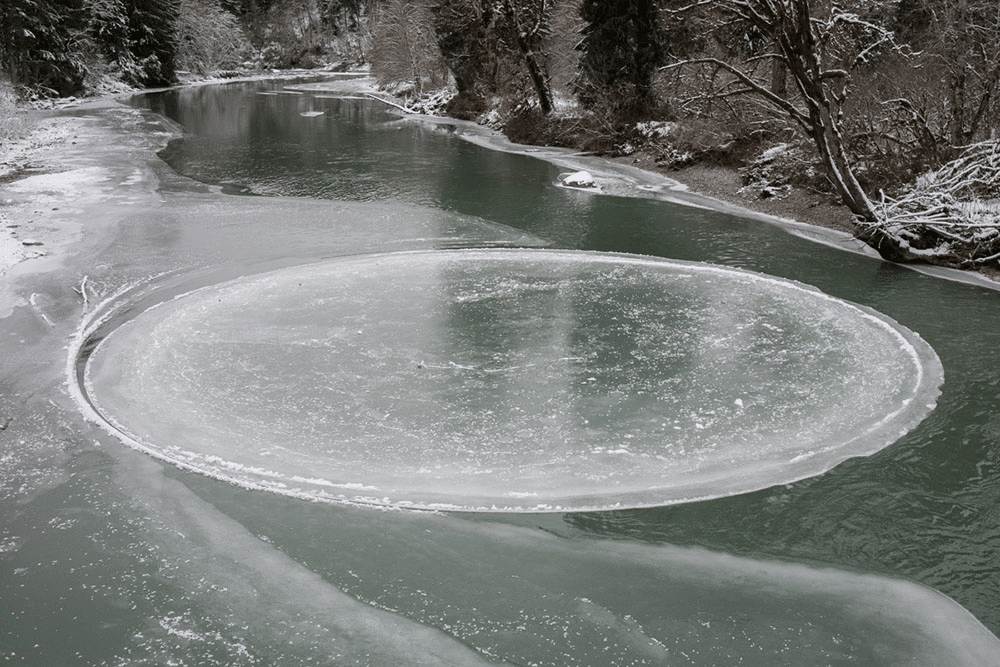
Ice circles are a captivating winter phenomenon, typically forming in slow-moving water in cold climates. These circular sheets of ice spin slowly on the water’s surface, creating a mesmerizing effect. Scientists believe that the rotation is due to the Coriolis effect, which is caused by the Earth’s rotation coupled with specific water currents and temperature conditions. The precise formation of these circles remains a subject of study, adding an element of mystery to their beauty.
These natural ice sculptures can range from a few feet to hundreds of feet in diameter and are often found in Scandinavian and North American water bodies. Their occurrence, while rare, provides a spectacular sight and has become a popular subject for photographers and nature lovers. Documented instances of ice circles have contributed to the understanding of fluid dynamics and environmental patterns. Each ice circle is a reminder of the intricate and often unseen interactions between water, temperature, and the forces of the planet.
Hoarfrost: The Winter’s White Blanket
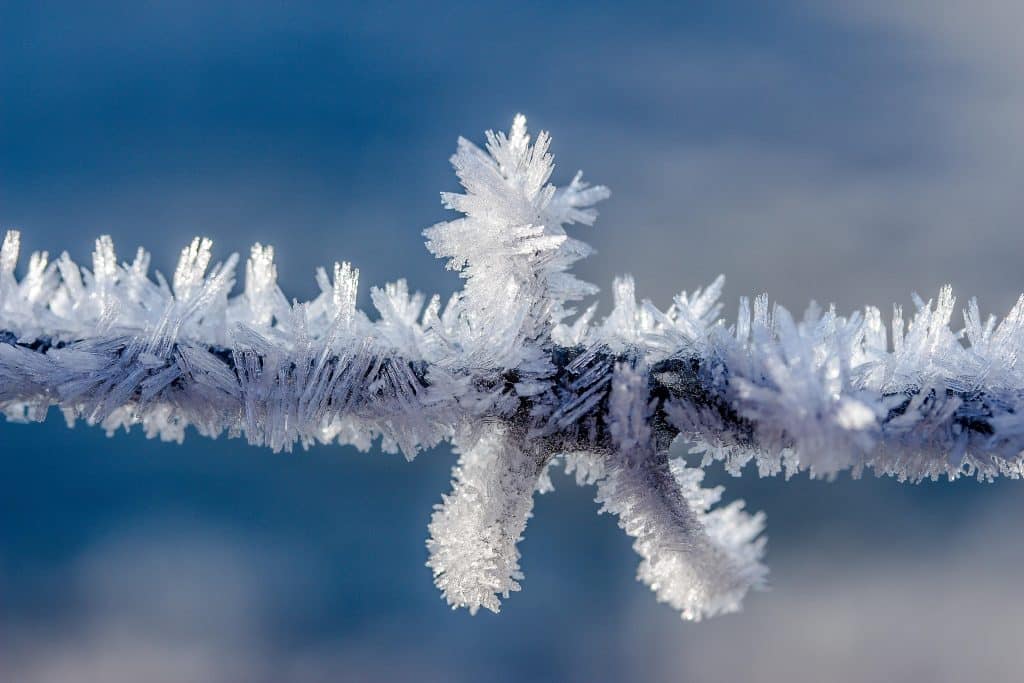
Hoarfrost forms when water vapor in the air comes into contact with surfaces that are below freezing. The vapor directly transforms into intricate crystals of ice, covering everything in a white, feathery coat. This phenomenon occurs on clear, cold nights when the air is calm, and the humidity is high. Trees, plants, and even man-made structures become canvases for this frosty artwork, transforming landscapes into winter wonderlands.
The beauty of hoarfrost lies in its ability to highlight the delicate structures of nature. Each leaf, branch, and blade of grass is meticulously outlined by the frost, creating a detailed and surreal landscape. While it presents a serene and picturesque view, hoarfrost can also have practical implications. It can weigh down power lines and trees, causing disruptions, and it serves as an indicator of atmospheric conditions, useful for meteorological observations. Hoarfrost encapsulates the beauty and complexity of winter, illustrating how the simplest natural processes can have profound aesthetic and practical impacts.
Rime Ice: The Frozen Vapor
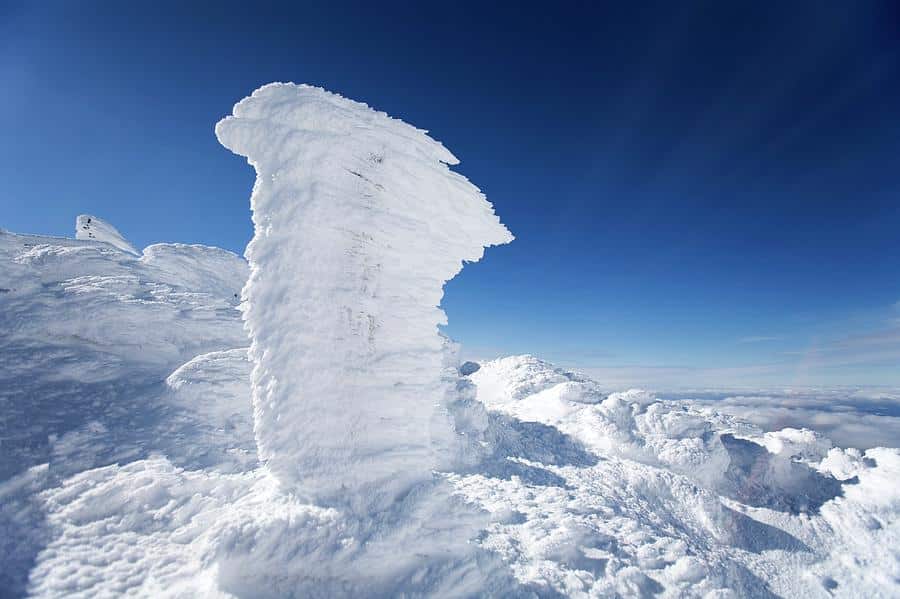
Rime ice forms when supercooled water droplets in fog freeze upon contact with objects that are already below freezing. This results in a rough, white ice deposit that clings to the windward side of trees, fences, and other structures. Unlike hoarfrost, rime ice accumulates rapidly, creating thick, opaque coatings that can dramatically alter the landscape. This phenomenon often occurs in mountainous regions, where moist winds ascend slopes and meet colder air, making rime ice a common sight in high-altitude winter wonderlands.
Rime ice is not just a stunning visual spectacle; it also has significant impacts on the environment. It can cause extensive damage to forests, breaking branches under its weight, and can disrupt power lines and communication towers. However, its unique beauty captivates photographers and nature enthusiasts, who brave the cold to capture its formations. The study of rime ice also contributes to the understanding of weather patterns and climate in high-altitude and polar regions, underscoring the interconnectedness of Earth’s diverse ecosystems.
Snow Rollers: Nature’s Snowballs
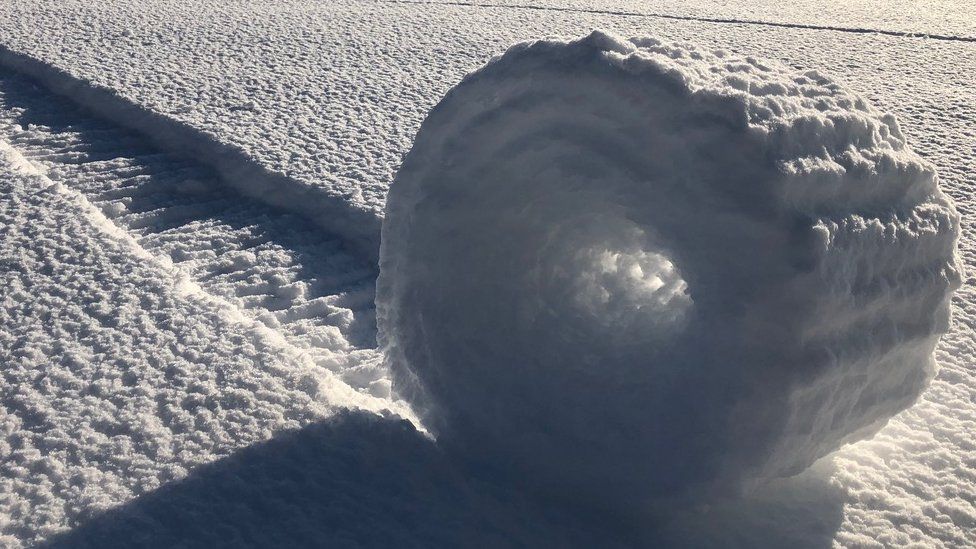
Snow rollers are an unusual and fascinating winter phenomenon, resembling giant rolls of cotton. They form under unique conditions: a thin layer of wet, loose snow on top of a layer of ice, with a light wind to push them along. As the wind blows, pieces of the snow layer are picked up and rolled, growing in size to form cylindrical snowballs. These natural snow sculptures can vary in size, with some reaching up to a foot in diameter.
The rarity of the perfect conditions needed for snow rollers makes them a remarkable sight, often capturing the attention of local communities and media when they do appear. These ephemeral creations showcase the playful side of nature, reminding you of the spontaneity and unpredictability of the natural world. They also serve as a natural barometer, indicating specific weather conditions that can be valuable for meteorologists and climate scientists. Snow rollers add a whimsical element to winter’s landscape, inviting you to marvel at the creative forces of nature.
Glacial Caves: Subterranean Winter Wonders
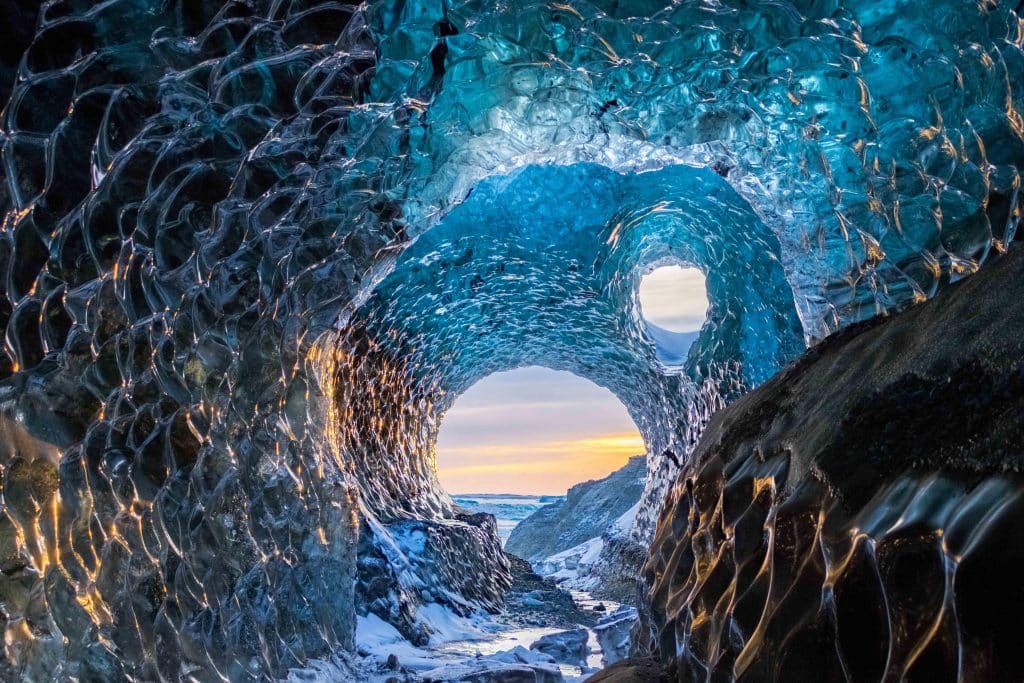
Glacial caves offer a hidden world of ice and wonder beneath the surface. These caves are formed by the melting and movement of glaciers, creating tunnels and chambers within the ice. The play of light through the ice can create ethereal blue hues, providing a breathtaking spectacle for those who venture inside. These caves are dynamic and ever-changing, shaped by the shifting and flowing of the glacier itself.
Exploring glacial caves is a visually stunning experience and offers valuable scientific insights. Researchers study these formations to understand glacial dynamics, climate change, and the history of Earth’s past climates. However, the beauty and scientific value of glacial caves come with risks, as these structures can be unstable and dangerous. Their transient nature also makes them a symbol of the fragility of the planet’s ice environments, which are increasingly threatened by global warming.
Unlock the Secrets of Winter and Safeguard Its Splendors
Winter unveils a spectacular array of natural phenomena, each a unique display of Earth’s diverse climatic capabilities. These wonders, from delicate snowflakes to majestic glacial caves, not only enchant you with their beauty but also deepen your understanding of the environment. As you finish up this frosty journey, carry with you a greater appreciation for the natural world and a commitment to its preservation. Embrace the cold, explore these wonders firsthand, and become an advocate for the delicate balance of the planet’s ecosystems.


